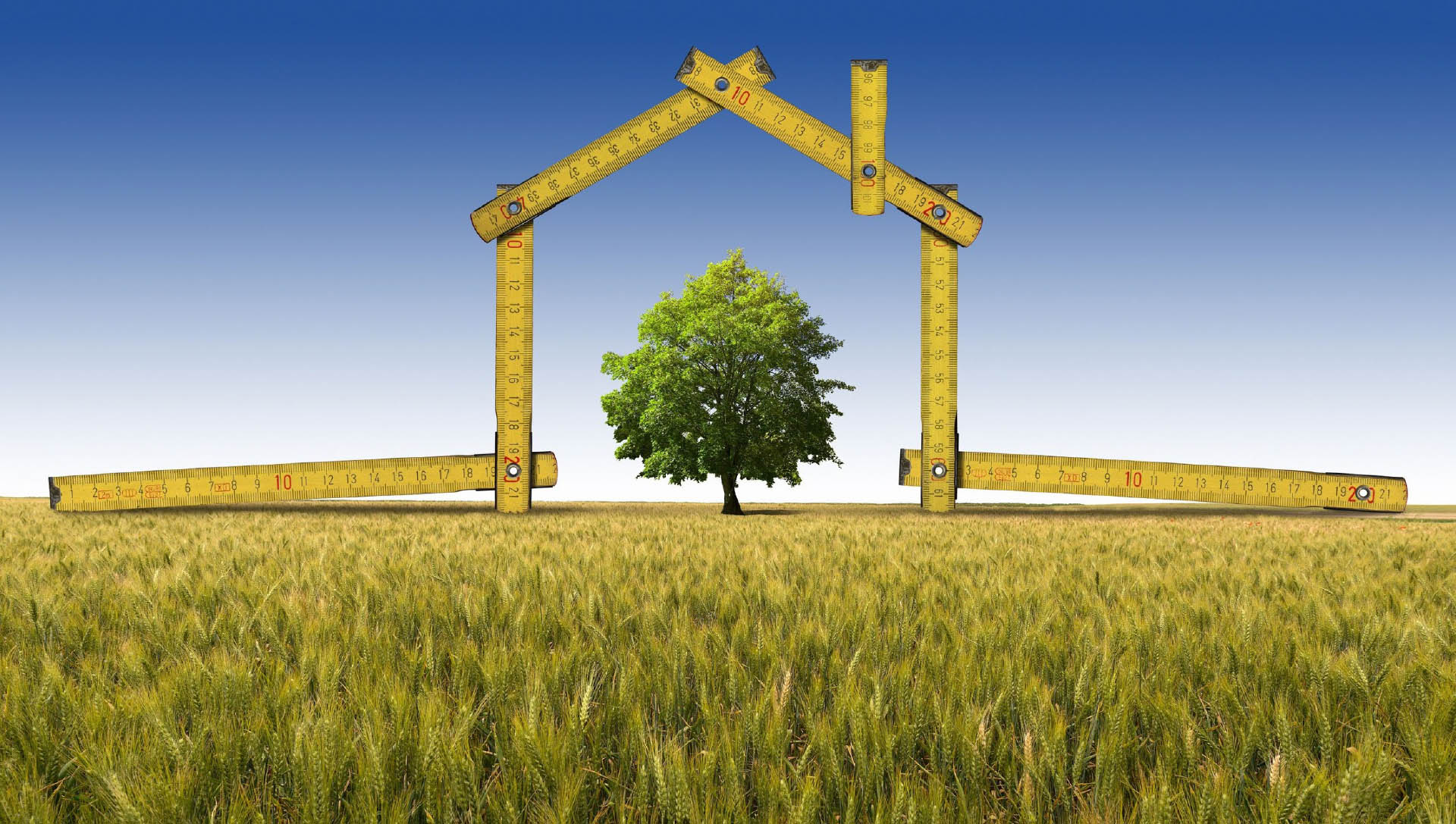Sustainability is not an enemy of development, but it shows us that there’s a path to development without compromising future generations and harming the environment. While construction and architecture industries have adopted more sustainable techniques, it’s still common to confuse “green design” and “sustainable design”. Although green design is more related to environment concerns, sustainable design goes way beyond that.
The Three Pillars Of Sustainability
First, before we explain the difference, you have to keep in mind the three pillars of sustainability: economic development, social development, and environmental protection. Here’s a brief explanation of each:
- Economic development: It’s about providing incentives for businesses and organizations that incorporate sustainable practices. They can’t be sustainable if they’re not profitable.
- Social development: It’s associated with the concept of social responsibility. If you run a business, you need to know how it impacts people’s lives, including your employees.
- Environmental protection: Our planet is our home and we don’t have another one. So, we should take care of the environment to ensure the future of humanity.
Green Design
It’s easy to understand why some people think that “green design” and “sustainable design” are the same. Both address the pillar of environmental protection, like water pollution, indoor air quality, and waste management. However, green design focuses more on the present, instead of the future as it’s more concerned about near-term impacts.
Are you still confused? Let’s take bamboo flooring as an example. It’s a green material, eco-friendly, and durable. It’s likely less harmful to the environment than concrete flooring, but is not considered sustainable. A large portion of the bamboo flooring available in the world is produced in China, which means that it needs to be transported by ships and trucks to its final destination. Consequently, it contributes to more pollutants in the air.
Sustainable Design
Do you remember the three pillars we talked about? Sustainable design can be distinguished from green design because of its long-term approach to environmental protection and its consideration of social development and economic development. Here, each stage of the design process is optimized to reduce negative impacts and to improve quality of life without depleting natural resources. When it comes to sustainable design, the main intent is not to build a structure, but to build a future. Ideally, it should help people envision a better world.
CREED LA fights to ensure that developers pay fair wages to all the hard working construction professionals throughout the industry while simultaneously providing them with quality health care, continued training, and trustworthy retirement plans. To learn more about how our non-profit organization supports those building a better, greener world for us all, contact CREED LA online or at (877) 810-7473.

